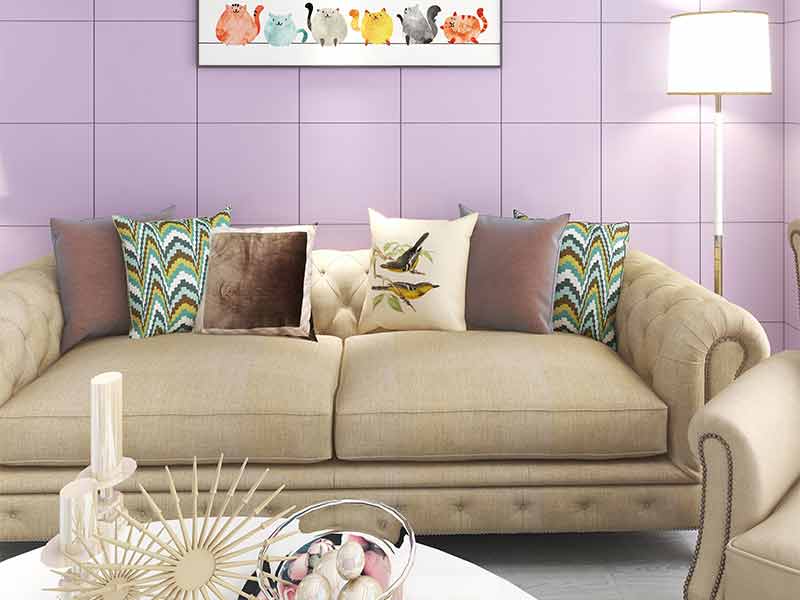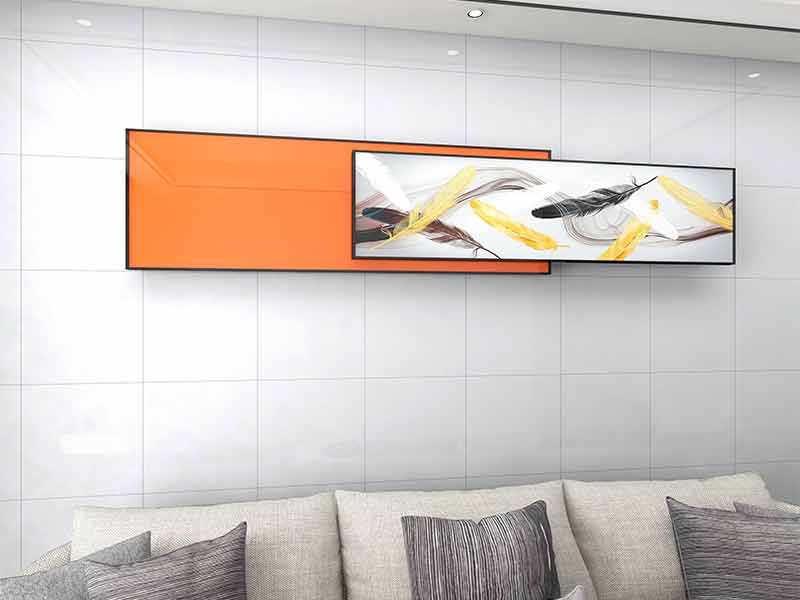NEWS
Categories List
Laminate Wood Flooring Construction Technology
The construction technology behind laminate wood flooring involves several layers of materials engineered to provide durability, stability, and aesthetic appeal. This multi-layered construction is what gives laminate flooring its strength and ability to mimic natural wood at a more affordable price point. Below is a detailed breakdown of the key components and construction process of laminate wood flooring:

1. Layers of Laminate Wood Flooring
Laminate wood flooring typically consists of four primary layers:
1. Wear Layer:
- Material: This is the top layer, usually made from a clear, high-performance aluminum oxide or melamine resin.
- Function: The wear layer provides protection against scratches, stains, and fading. It also gives the flooring its gloss level, from matte to high-gloss finishes.
2. Decorative Layer:
- Material: A high-resolution photographic image of natural wood, stone, or other materials.
- Function: This layer is responsible for the visual appearance of the flooring. Advanced printing technology ensures that the pattern closely resembles real wood grain, stone textures, or other natural surfaces.
3. Core Layer:
- Material: High-Density Fiberboard (HDF) or Medium-Density Fiberboard (MDF) infused with resins.
- Function: The core layer provides the structural stability of the flooring. It supports the upper layers and ensures resistance to impact and moisture. HDF is preferred over MDF due to its higher density, providing better durability and moisture resistance.
4. Backing Layer:
- Material: Melamine resin or other moisture-resistant materials.
- Function: The backing layer stabilizes the flooring and prevents moisture from penetrating from the subfloor. It also acts as a balance layer to ensure the flooring remains flat and stable.
2. Construction Process
The production of laminate wood flooring involves several key steps:
1. Preparation of HDF/MDF Core:
- Processing: Wood fibers are mixed with resins and pressed under high pressure to form the HDF or MDF core. The core is then cut into planks of the desired size.
- Treatment: The core may be treated with additional resins or chemicals to enhance moisture resistance and durability.
2. Application of Decorative Layer:
- Printing: High-resolution images of wood, stone, or other textures are printed onto large sheets of paper using advanced printing technology.
- Lamination: The printed paper is impregnated with melamine resin to enhance durability and then adhered to the core layer under heat and pressure. This process bonds the decorative layer to the core, ensuring a durable and realistic appearance.
3. Adding the Wear Layer:
- Coating: A wear layer, usually made from clear aluminum oxide or melamine, is applied over the decorative layer. This layer is critical for protecting the surface from everyday wear and tear.
- Curing: The coated planks are cured using heat or UV light to harden the wear layer and ensure it bonds effectively to the decorative layer.
4. Finishing and Profiling:
- Edge Profiling: The edges of the planks are cut and shaped to create the locking system, such as click-lock, tongue-and-groove, or snap-together profiles. These systems allow the planks to be easily installed without the need for glue or nails.
- Surface Finishing: Depending on the desired finish, additional treatments such as embossing (to create texture) or adding a matte or glossy finish may be applied.
5. Quality Control:
- Inspection: The finished planks undergo rigorous quality checks to ensure consistency in size, color, and texture. They are also tested for durability, impact resistance, and moisture resistance.
- Packaging: The planks are then packaged and prepared for shipment, ensuring they arrive at their destination ready for installation.
3. Installation Technology
1. Subfloor Preparation:
- Leveling: The subfloor must be clean, dry, and level. Any imperfections or moisture issues should be addressed before installation.
- Underlayment: A foam or rubber underlayment is typically installed between the subfloor and laminate planks to provide sound insulation, moisture protection, and cushioning.
2. Installation Methods:
- Floating Installation: Most laminate flooring is installed using a floating method, where the planks are not glued or nailed down but rather "float" over the underlayment. The planks are connected using the locking system.
- Glue Installation: In some cases, glue may be applied to the joints for added stability, especially in areas prone to high moisture.
3. Expansion Gaps:
- Purpose: An expansion gap of about 1/4 inch is left around the perimeter of the room to allow the flooring to expand and contract with changes in temperature and humidity.
- Finishing: After installation, baseboards or molding are installed to cover the expansion gap and give the floor a finished appearance.
4. Key Advantages of Laminate Wood Flooring
- Durability: Thanks to the wear layer, laminate flooring is highly resistant to scratches, stains, and fading, making it suitable for high-traffic areas.
- Affordability: Laminate flooring is generally more affordable than hardwood or stone while providing a similar aesthetic.
- Ease of Installation: The click-lock systems and floating installation methods make it relatively easy for DIY installation.
- Variety: Laminate flooring comes in a wide range of designs and finishes, allowing for flexibility in interior design.
Conclusion
The construction technology of laminate wood flooring combines advanced materials and engineering processes to create a product that is durable, visually appealing, and easy to install. Understanding the structure and production process of laminate flooring can help you make informed decisions when selecting and installing this type of flooring in your home or commercial space.
Leave A Reply
Please give us a message
CONTACT US
Please give us a message
CONTACT US



